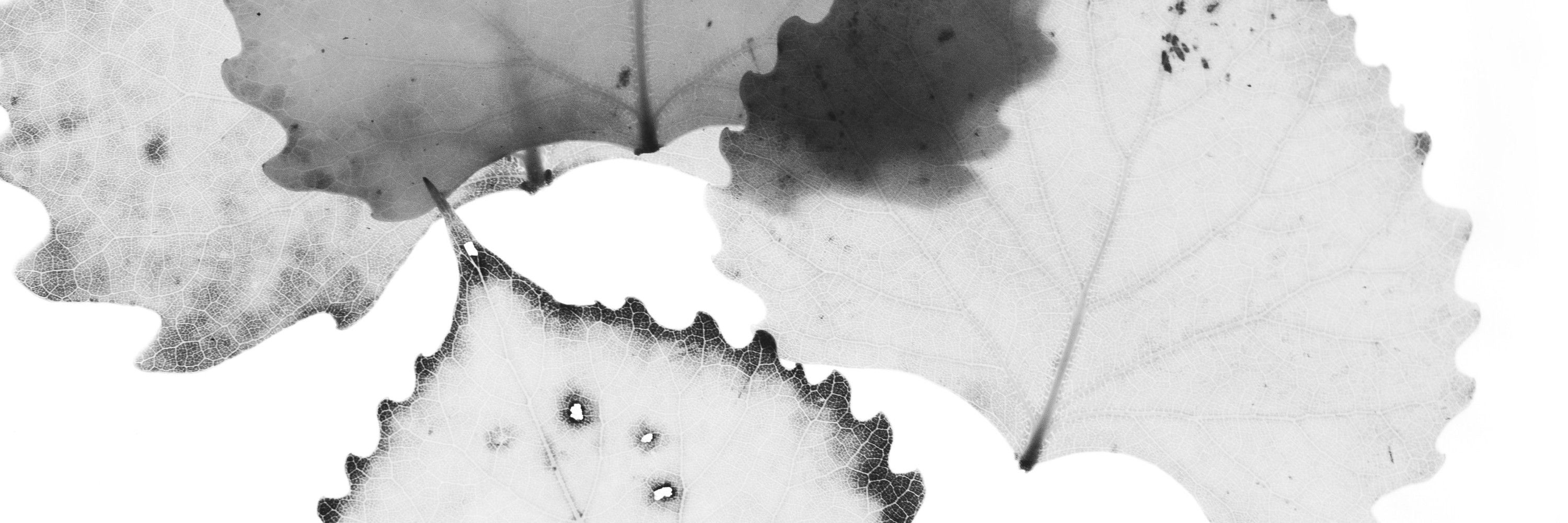
Enrico R. Crema
@ercrema.bsky.social
Quantitative Methods, Prehistoric Demography, Cultural Evolution and random stuff. Professor of Quantitative and Comparative Archaeology @cam-archaeology.bsky.social https://ercrema.github.io/
There are other interesting findings (such as the different rates of spatial diffusion) but you can find more about it reading the paper and checking the code :)
github.com/roccorot/Ori...
github.com/roccorot/Ori...

GitHub - roccorot/OriginPotteryNAfrica
Contribute to roccorot/OriginPotteryNAfrica development by creating an account on GitHub.
github.com
October 3, 2025 at 1:01 PM
There are other interesting findings (such as the different rates of spatial diffusion) but you can find more about it reading the paper and checking the code :)
github.com/roccorot/Ori...
github.com/roccorot/Ori...
Our model accounted for the often large measurement errors and accounts for both the presence and absence of the technology to maximise the available information. The results strongly reject the idea of a single origin and provide the strongest support for a triple origin model.

October 3, 2025 at 1:01 PM
Our model accounted for the often large measurement errors and accounts for both the presence and absence of the technology to maximise the available information. The results strongly reject the idea of a single origin and provide the strongest support for a triple origin model.
We collated over 300 radiocarbon dates distinguishing contexts with and without ceramics and fitted a series of custom spatio-temporal diffusion models to determine which hypotheses better supported our data.
October 3, 2025 at 1:01 PM
We collated over 300 radiocarbon dates distinguishing contexts with and without ceramics and fitted a series of custom spatio-temporal diffusion models to determine which hypotheses better supported our data.
This research was funded by the ERC and JSPS - you can find more papers from our project on the link 👇
www.encounterproject.info
www.encounterproject.info
ERC-Stg Encounter Project
ENCOUNTER is an ERC-funded research project that investigates the patterns and processes that transformed the society of incumbent complex hunter-gatherers of prehistoric Japan about 3000 years ago as...
www.encounterproject.info
July 22, 2025 at 9:59 AM
This research was funded by the ERC and JSPS - you can find more papers from our project on the link 👇
www.encounterproject.info
www.encounterproject.info
For example, we found no evidence of millet in the residues from Japanese ceramics, in stark contrast to those from Korea (see image below; the brown-coloured dots indicate vessels with millet biomarkers, the blue ones are aquatic biomarkers).

July 22, 2025 at 9:59 AM
For example, we found no evidence of millet in the residues from Japanese ceramics, in stark contrast to those from Korea (see image below; the brown-coloured dots indicate vessels with millet biomarkers, the blue ones are aquatic biomarkers).
We examined organic residues from pottery in both regions and found substantial differences, with Japanese vessels retaining most of their characteristics even after the introduction of farming.
July 22, 2025 at 9:59 AM
We examined organic residues from pottery in both regions and found substantial differences, with Japanese vessels retaining most of their characteristics even after the introduction of farming.
The diffusion of rice and millet in this region has an interesting story - Millet arrived in the Korean peninsula towards the end of the 5k BCE, but it was not transmitted to the Japanese islands until the 1k BCE, soon after the introduction of rice in Korea and the resulting demographic expansion.

July 22, 2025 at 9:59 AM
The diffusion of rice and millet in this region has an interesting story - Millet arrived in the Korean peninsula towards the end of the 5k BCE, but it was not transmitted to the Japanese islands until the 1k BCE, soon after the introduction of rice in Korea and the resulting demographic expansion.
The paper is published for the special issue ‘Next Generation Archaeological Science’ in the Journal of Archaeological Science; some thought-provoking review articles there, so check it out!
June 24, 2025 at 2:41 PM
The paper is published for the special issue ‘Next Generation Archaeological Science’ in the Journal of Archaeological Science; some thought-provoking review articles there, so check it out!

